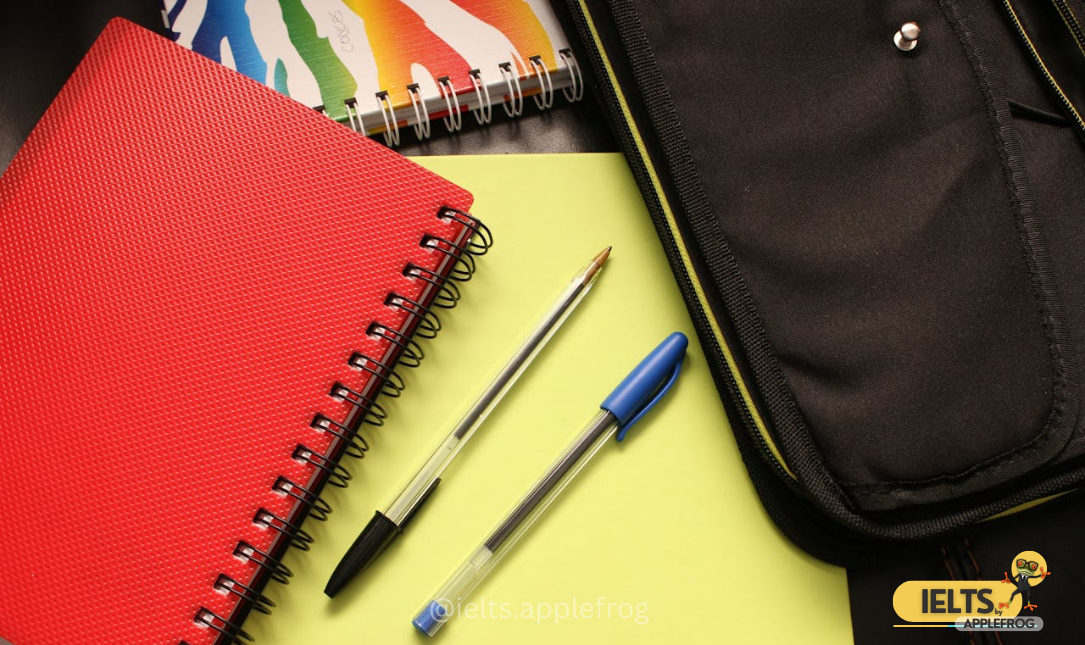
Direct Objects in a Sentence
Definition:
- The direct object is the part of a sentence that answers the question “What?” or “Whom?” after the verb.
Features of Direct Objects
1. Definition:
- What it does: Direct objects provide clarity by identifying the receiver of the action.
- Example: “He baked a cake.” Direct Object: cake
2. Position:
- Direct objects typically appear immediately after the verb.
- Example: “She drove the car.” Direct Object: car
3. Transitive Verbs:
- Only transitive verbs can take direct objects.
- Example: “They discussed the project.” Verb: discussed, Direct Object: the project
4. Identifying Direct Objects:
- To find the direct object, ask “What?” or “Whom?” after the verb.
- Example: “The teacher assigned homework.” Ask, “What did the teacher assign?” Answer: homework
5. Object Modifiers:
- Direct objects can be accompanied by adjectives or descriptive phrases to give more detail.
- Example: “She wore a stunning gown.” Direct Object: gown, Modifier: stunning
6. Multiple Direct Objects:
- Some sentences feature more than one direct object if the verb affects multiple items.
- Example: “He packed clothes and shoes.” Direct Objects: clothes, shoes
Additional Examples:
- “They built a sandcastle.” (Direct Object: sandcastle)
- “She gifted her friend a book.” (Direct Object: book)
- “The artist painted a vibrant mural.” (Direct Object: mural)
Direct objects are vital for:
- Providing specific details about the action.
- Ensuring sentences convey clear and complete thoughts.
- Making communication precise and meaningful.
A direct object is a word or phrase that directly receives the action of the verb, completing its meaning.
Mastering direct objects allows for better sentence construction and enhances both written and spoken communication.
RELATED POST












0 Comments